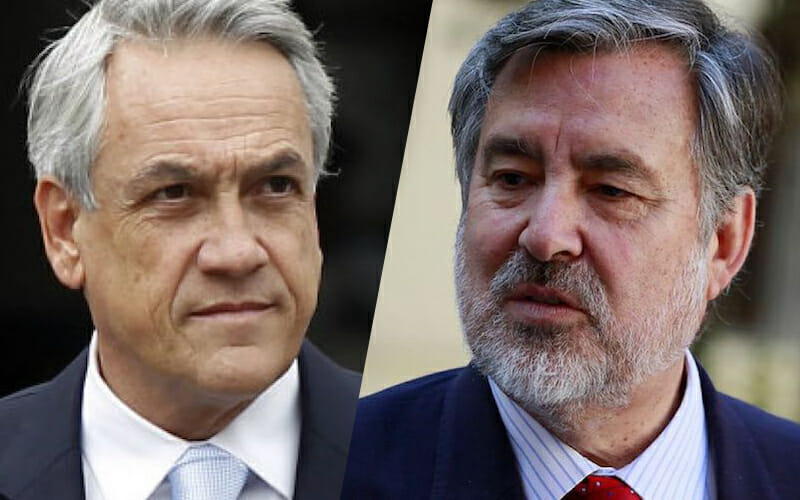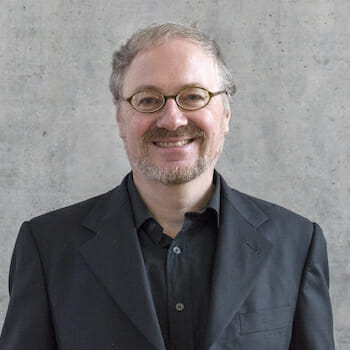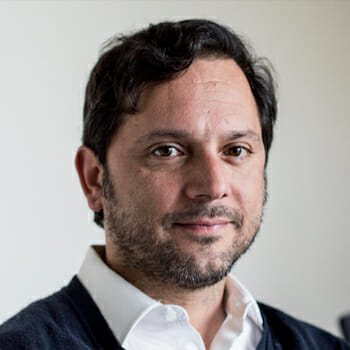
Who Will Be Chile’s Next President?
The first round of the Chilean presidential elections on November 19 generated a rather surprising result. Against all expectations, conservative favorite Sebastián Piñera did not win by a large margin garnering just 37 percent, while his main opponent Alejandro Guillier of the left achieved a respectable 23 percent.
The most notable result was due to the unexpected rise of the second leftist candidate, Beatriz Sánchez, with 20 percent. The other two conservative-right candidates, Carolina Goic and Jose-Antonio Kast, got 6 and 8 percent, respectively. This guarantees a tight race until on December 17 between the conservative and the leftist alliances, i.e. between the two remaining candidates Piñera and Guillier.
The basic pattern underlying the November 19 vote reaffirmed what analysts have long called Chile’s “adolescent democracy” regularly characterized by a voter mood sequence of great expectations and fast disappointment. Therefore, despite holding on in principle to the classical parties, this time some blocks of voters were also searching for protest candidates outside the traditional left-right scheme, following the European and US models in recent elections. They searched for outsiders, newcomers or even those who oppose the current political system, including candidates with a strong populist flavor. This is a rather recent development within Chile’s post-dictatorial democracy that worries many who fear the return of non-democratic forces into the political sphere riding the wave of the Western populist momentum.
According to the polls, the likely winner will be Sebastián Piñera, as most in-depth surveys and popular expectations both by supporters and opponents indicate. Nevertheless, as he wasn’t able to win in the first round, the left harbors the option of a broad (and in essence instrumental) anti-Piñera pact. In this regard, the main driver could be Sánchez’ party Frente Amplio (Broad Front), if it will be able to distinguish itself publicly on becoming a new political force towards the future.
Considering all this, there are some fundamental questions important for the future of Chile’s society which the second round on December 17 will have to address. How will participation evolve by socio-demographic profiles, and what variables exactly will mobilize participation? Will new attempts to reform the Chilean political system emerge, or will the status quo be strengthened? What will be the differences in principle between the traditional coalitions of left and right, if both move towards the center to capture the Middle class? These are the questions that will play a decisive role in the time leading up to the decisive second round.


